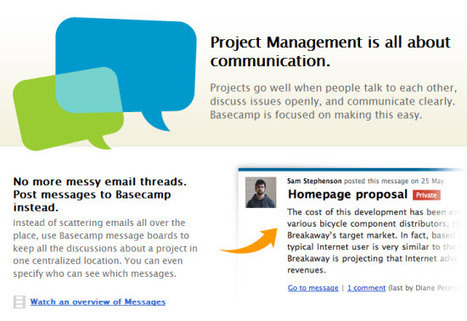Each year the Social Media Examiner publishes the ‘Social Media Industry Report‘. The report is based on interviews with over 3,800 marketers. This year, one of the big questions that they focused on was:
“How will marketers change their future social media activities?”
Overall, marketers plan on increasing their use of social media in the future. However, the tools that they utilize and how much the use each tool will change.
YouTube
YouTube and other video platforms are leading the pack, with 76% of marketers planning on increasing their use of YouTube and/or video marketing in 2012.
Facebook
Not a big surprise, Facebook came in #2 with 92% of marketers planning on using Facebook in 2012 and 72% planning on increasing the activities on top of that. Only 4% of marketers do not plan on using Facebook at all; however, this is most likely due to the industry that their client is in. Clients in industries such as healthcare or manufacturing are less likely to include Facebook in their social media strategy.
of marketers do not plan on using Facebook at all; however, this is most likely due to the industry that their client is in. Clients in industries such as healthcare or manufacturing are less likely to include Facebook in their social media strategy.
I found it very interesting that Facebook is the #1 focus of those just getting started in social media. This makes sense because it is most likely the platform that they are most familiar with. In addition, B2C companies plan on increasing their use of Facebook much more than B2B companies. B2C companies are able to reach in customers more easily using Facebook than B2B companies. However, B2B companies can use Facebook for building and monitoring their online reputation. For more information about how B2B vs. B2C companies use Facebook, check out this infographic.
Twitter
Overall only 69% of marketers plan on increasing their activities on Twitter; however, this increase will most likely be by enterprise level companies and local small businesses. Marketers realize that due to the real time nature, maintaining and monitoring a Twitter account effectively requires a significant time commitment. As such, marketers currently dedicating 21 hours or more per week on social media are more likely to increase their use of Twitter.
Blogging
Blogs are great for driving site traffic and increasing search rankings. Due to the benefits of blogging, it is no surprise that 86% of marketers plan to either continue or increase blogging. Similar to Twitter, blogging requires a significant time commitment to write, edit, and post articles, as well as monitor comments. Due to the necessary time commitment, marketers who are currently dedicating 11 hours or more a week to social media are more likely to increase their blogging efforts.
Google+
The platform that most of us are aware of and probably have an account on, though we probably don’t use it much, is Google+. Some interesting statistics on Google+ usage include:
- 67% of business plan on increasing their Google+ activities
- 1 in 5 businesses have no plans on using Google+ in the future
- Men are more likely to use & increase usage of Google+
- It is the #1 platform that marketers want to learn more about
LinkedIn
In 2012 B2B companies are more likely to increase their usage of LinkedIn, while only about 1/2 of B2C companies will increase their usage. As a tool for networking, LinkedIn definitely has more benefits for B2B companies than it does for B2C. B2C companies will most likely use LinkedIn as a tool to increase brand awareness in their industry and search for potential employees.
Photo Sharing
The industry report states that only 60% of marketers even plan on using photo sharing sites such as Pinterest, Instagram, and Flickr.  However, I believe that these numbers no longer accurately reflect where usage is going based on:
However, I believe that these numbers no longer accurately reflect where usage is going based on:
- Rapid growth in the popularity of Pinterest
- Facebook’s acquisition of Instagram
I think that there will be a much larger increase in usage, as well as a decrease in the percentage of marketers who have no plans of utilizing photo sharing sites.
Geo-location Services and Daily Deals
Of all the statistics in this section of the report, I found the information on Geo-location services and Daily Deals the most interesting.
Only 23% of marketers plan on increasing their use of geo-location services like FourSquare in 2012. This is particularly interesting since FourSquare just hit their 20 million user mark this week. (Check out more information here)
72% of marketers have NO plans to use daily deals, such as Groupon or LivingSocial. This percentage really surprised me since Groupons were recently very popular. The decrease in usage may be from lack of repeat participation by companies or lack of profitability.
 of marketers do not plan on using Facebook at all; however, this is most likely due to the industry that their client is in. Clients in industries such as healthcare or manufacturing are less likely to include Facebook in their social media strategy.
of marketers do not plan on using Facebook at all; however, this is most likely due to the industry that their client is in. Clients in industries such as healthcare or manufacturing are less likely to include Facebook in their social media strategy.







